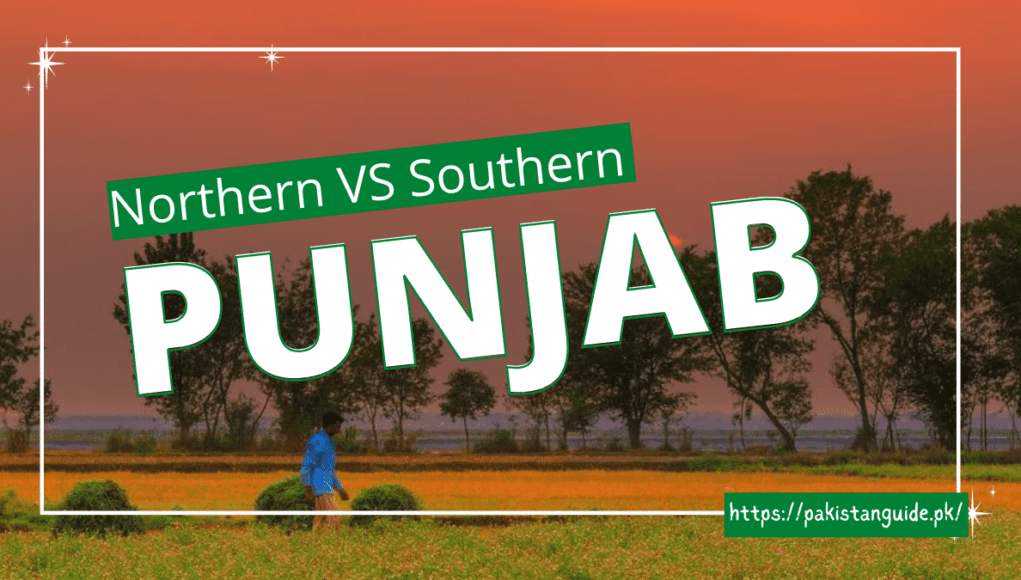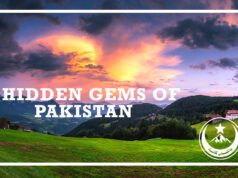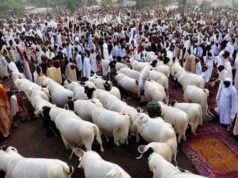Punjab, a province of East Pakistan, is lined by the Indian state of Jammu and geographic region to the northeast, the Indian states of Punjab and Rajasthan to the east, Sindh province to the south, Baluchistan and Khyber Pakhtunkhwa provinces to the west, and capital of Pakistan federal and Azad geographic region to the north. The city, Lahore, is found in the eastern part, close to the border with Bharat. However, there is a great need to know about Northern vs southern Punjab.

The name Punjab suggests “five waters,” or “five rivers,” and signifies the land drained by the Jhelum, Chenab, Ravi, Beas, and Sutlej rivers, which are tributaries of the Indus. Punjab is Pakistan’s second-largest province, once and also the most densely inhabited. Area 79,284 sq. miles (205,345 sq. km). Pop. (2011 est.) 91,379,615.
Urban civilization existed within the Indus natural valley from concerning 2500 to 1500 BCE, when, it’s believed, Aryan incursions brought it to associate finish. the realm entered recorded history with the annexation of Punjab and Sindh to the empire by Darius I (c. 518 BCE). The founding father of the Maurya family, Chandragupta, incorporated the region into his Indian empire concerning 322 BCE.
The primary Muslims to penetrate northern Bharat were the Arabs, in 712, metal conquered the lower Punjab. The remainder of Punjab was destroyed (1007–27) by Maḥmūd of Ghazna. The realm later came underneath numerous different Muslim rulers till the victorious entry of the Mughals in 1526.
The province enjoyed peace and prosperity for over two hundred years under the Mughals. However, their power declined once 1738, and in 1747 city fell underneath weak Afghan rule marked by lawlessness and disorder. The sect known as the Sikhs rose to power within the latter part of the eighteenth century.
The Northern vs southern Punjab came under British occupation in 1849, once land triumphed over the Sikhs within the battles of Chilianwala and Gujrat. Once the Indian landmass received its independence in 1947, Punjab was split between the Asian nation and Bharat. The more significant western portion turned into a part of the Asian nation. The current provincial boundaries were established in 1970.
Northern vs southern Punjab space principally consists of an associate deposit plain fashioned by the southward-flowing Indus and its four major tributaries in Punjab, the Jhelum, Chenab, Ravi, and Sutlej rivers. The overall slope of the land is from northeast to southwest. However, it rises within the areas between waterways.

The deposit plain contains a diversity of landforms: its active floodplains are flooded every year and have ever-changing stream channels, whereas meander flood plains lying adjacent to the active floodplain are marked by relict and abandoned pipelines. Within the northern components of the province are the Murree and city and the Pabbi Hills, a part of the Sub-Himalayas, and within the so much north is the Potwar upland.
Though the region could be an ancient flood plain, the extraordinary flooding of the Indus within the summer of 2010 was particularly unfortunate in Punjab. The government’s failure to alert the general public of the upcoming disaster-induced a lot of criticism; some felt that officers, having had previous expertise handling flooding there, ought to be able to offer Punjabis additional warning.
Table of Contents
Geography
Punjab is Pakistan’s second-largest province by land in Balochistan, with 205,344 sq. kilometers (79,284 sq. miles).[58] It occupies twenty 5.8% of the whole terra firma of Pakistan. Punjab province is lined by Sindh to the south, the area of Baluchistan to the southwest, Khyber Pakhtunkhwa to the west, and the capital of Pakistan Capital Territory and Azad geographic region within the north. Punjab borders Jammu and the geographic region within the north and the Indian states of Punjab and Rajasthan to the east.
The capital and largest town is the city that was the historical capital of the broader Punjab region. Different vital cities embody Rawalpindi, Bahawalpur, Sargodha, Multan, Gujranwala, Sialkot, Gujrat, Sheikhupura, Jhelum, and Sahiwal. The undivided Punjab region was home to 6 rivers, of that five flow through Pakistan’s Punjab province. In Pakistan, the rivers are the Indus, Jhelum, Chenab, Ravi, and Sutlej from west to east. It’s the nation’s sole province that touches each different area- it conjointly surrounds the federal dominion of the city town at the capital of Pakistan.
Importance of South Punjab
South Punjab has a wealthy government and historical importance in Pakistan. South Punjab region is established in Multan, Bahawalpur, and decigram Khan Divisions and Districts of Jhang and Bhakkar. The history of the area may be derived from 200BC. This a part of the region has contended a vital role since dynasties thanks to its government and geographical importance. South Punjab is the backbone of complete Punjab for the availability of economic resources.
The total population of South Punjab is 39.14 Million. The standard social unit size of the region is 6.56. The quantitative population relation of urban and rural congestion is twenty-third and seventy-seven severally. South Punjab region is comprised of 116,518-kilometer sq., which is fifty-seven of the whole land and one year of the entire population of Punjab. The region is primarily on the basic level with a fertile upland of agricultural fields having canal irrigated land, tube-wells, and rainfed irrigation.
The fertile of the region is manufacturing a quantum of agricultural merchandise. Principal crops are Cotton, Sugarcane, Mustard seeds, Rice and Wheat. The area is wealthy in the production of fruits and vegetables. The farm and poultry trade within the area is another major sector meeting. Thus, South Punjab has an imputative role in the additive growth of Punjab and Pakistan.
List of cities Northern vs southern Punjab
Cities in South Punjab
- Burewala
- Bhakkar
- Bahawalnagar
- Bahawalpur
- Khanewal
- Dera Ghazi Khan
- Hasilpur
- Layyah
- Lodhran
- Multan
- Muzaffargarh
- Rahimyar Khan
- Rajanpur
- Share
- Ahmed Pur East
- Sadiqabad
Cities in Northern Punjab
- Attock
- Badoki Saikhwan
- Dinga
- Gujranwala
- Gujrat
- Hafizabad
- Khushab
- Sangla Hill
- Jan
The network from state establishments to the SMEs of the region will guarantee property growth. The govt. is keen to empower the region at an equal associate level in conjunction with different regions of the province Northern vs southern Punjab. Through entirely different short and long comes and programs, there’s a campaign developing the rigorous framework for need-based capability building, facilitation, and support.











